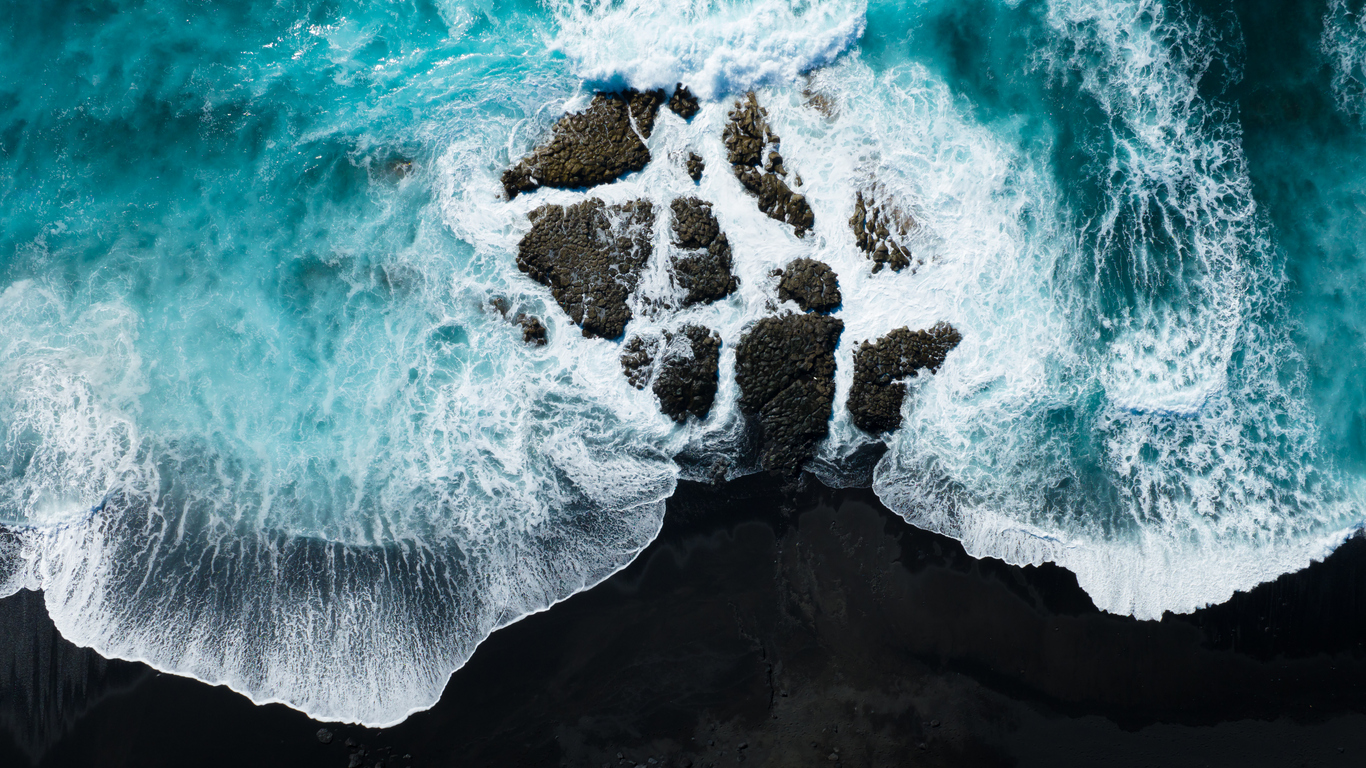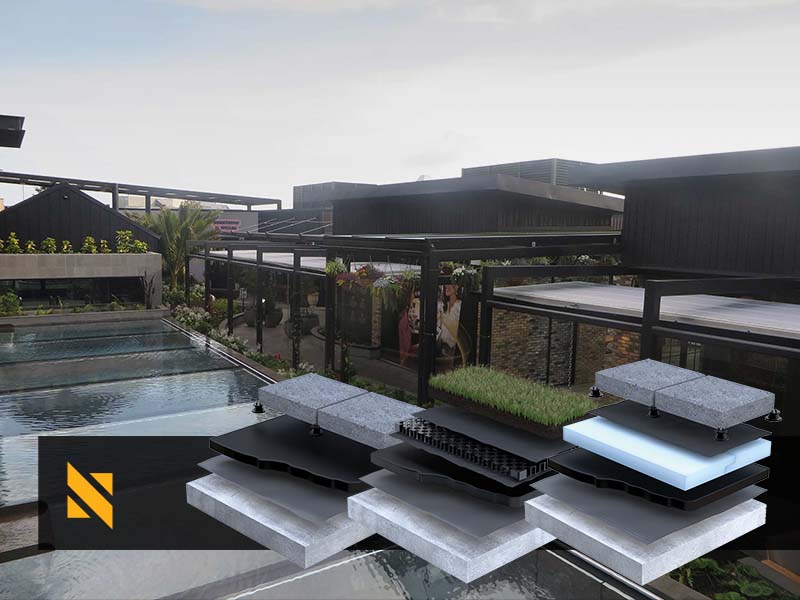
The Importance of Waterproofing for Structure Protection
“Water is fluid, soft, and yielding. But water will wear away rock, which is rigid and cannot yield. As a rule, whatever is fluid, soft, and yielding will overcome whatever is rigid and hard. This is another paradox: what is soft is strong.”
– Lao Tzu
In the multi-million dollar world of commercial construction, advancements in materials and building methods have reaped huge rewards for building owners. However, one crucial aspect that poses a persistent challenge is the damage caused by water. This is where waterproofing for structure protection becomes essential.
Surprisingly, waterproofing is an area that remains a mystery to many architects and engineers. It’s often viewed not as a case of eliminating water egress, but rather as mitigating the effects of water intrusion. In New Zealand, more remedial work is attributable to water damage than any other aspect of the build process.
Add to this the “Lao Tzu factor.” From the moment your building is first exposed to the elements, it’s engaged in a battle of attrition. No matter how robust, it’s only a matter of time before the solid structure succumbs to Mother Nature. All we can do is prolong the timeframe and minimize the impact as nature runs its course.
The task of waterproofing for structure protection is not made easier when we load our buildings with machinery that scrapes, scratches, and vibrates against the building’s integrity. Additionally, dynamic forces, such as foot traffic or vehicle movement, constantly apply pressure on the building’s envelope. Effective waterproofing, although only a small fraction of your building costs, can save you a fortune in maintenance and management costs over the life of your structure. Thus, it’s crucial to get it right from the beginning.
The first step in waterproofing for structure protection is to eliminate water from the envelope. As obvious as it sounds, this is often compromised in modern designs in favor of aesthetic or functional requirements. Water pooling around pathways, balconies, and rooftop pools requires special consideration, while wet areas—such as bathrooms, kitchens, and laundry rooms—are particularly vulnerable to overflow. If water is present outside or inside your building, it will find its way through any breach, hole, or joint that is imperfectly sealed, into the core. This is where the words “remedial action” can sound quite alarming.
After minimizing the amount of water on your envelope, the next step is reducing the opportunity for moisture to penetrate your building. Too often, buildings are caulked but not sealed properly, creating imperfect seals that allow moisture to infiltrate. Over the last few decades, the building industry has seen significant improvements in waterproofing options through advancements in membranes and integral systems. Nevertheless, Mastic Asphalt remains the gold standard. It is robust and long-lasting, allowing it to withstand both dynamic and static loads, while also being impermeable yet flexible, stretching and contracting as the building flexes due to wind, heat, earthquakes, or other natural phenomena.
Mastic Asphalt is viscous when applied, allowing it to mold to the contours of your floors and walls, resulting in a smooth, level surface. It’s easy to integrate into a tight construction schedule, as it sets within 24 hours and is strong enough for workers and machinery to operate directly on the surface. In addition, it is inert, posing no fire risk. Over time, it won’t lose its integrity, providing not just a barrier against water, but also against acids, salts, pests, and vermin.
Mastic Asphalt has been used since the 1700s, but its commercial application was pioneered by Neuchâtel in the 1800s and introduced to New Zealand in the early 1900s. Over the years, we have learned much about optimizing its application, yet the product itself has changed very little, nor has the company whose name is synonymous with Mastic Asphalt worldwide. Neuchâtel Mastic Asphalt is arguably the best protection against the elements that your building can receive.
For over 100 years, Neuchâtel has been protecting tens of thousands of surfaces in New Zealand from deterioration caused by heavy machinery and environmental factors. Sourced from IKO in the UK, we have refined our products and services to be more durable, environmentally friendly, and affordable—especially for large-scale projects. Investing in waterproofing for structure protection ensures your building withstands the test of time.
